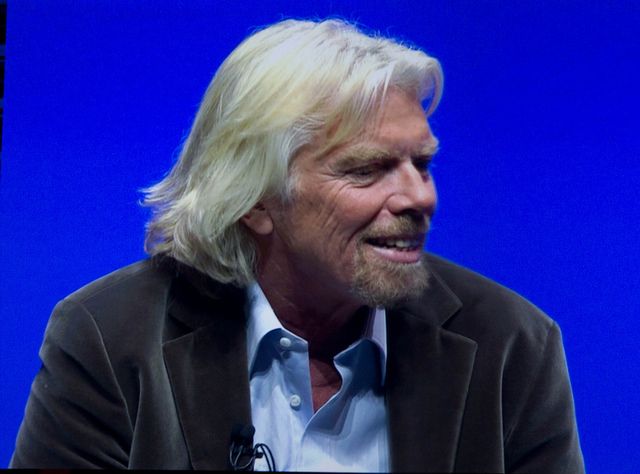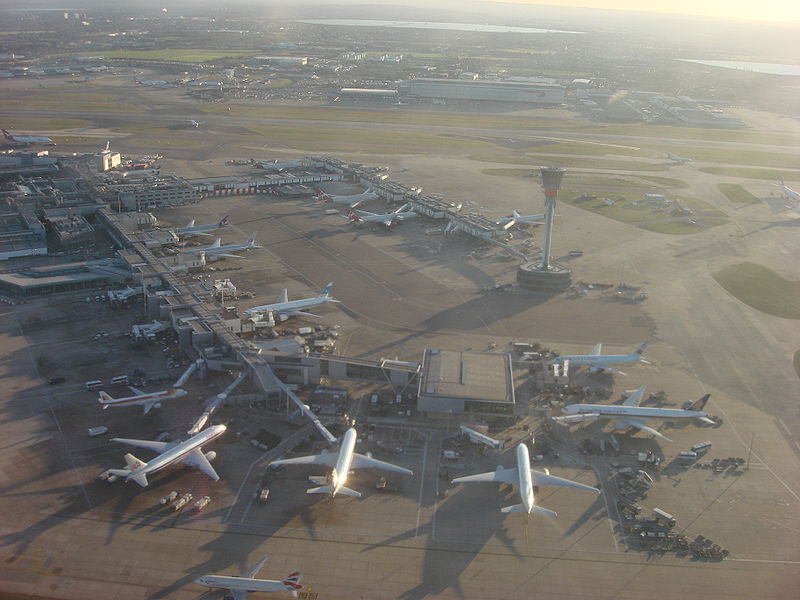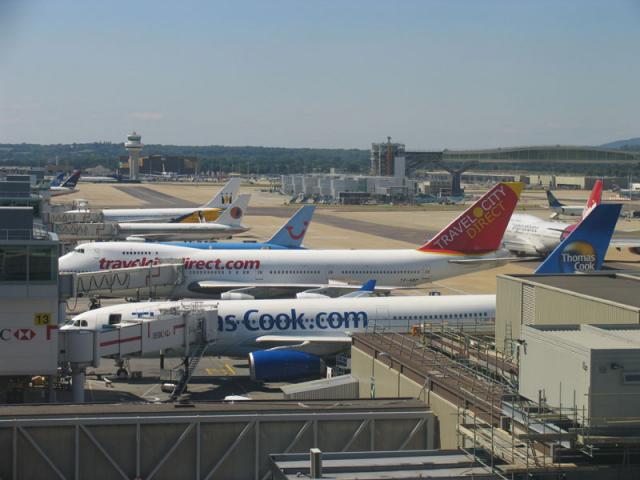Half of aviation industry to be powered by renewables within a decade, claims Branson
Sir Richard Branson has spoken of the huge potential of renewable aviation fuels, claiming that more than half of commercial planes could be powered by ‘clean’ energy within a decade.


Sir Richard Branson has spoken of the huge potential of renewable aviation fuels, claiming that more than half of commercial planes could be powered by ‘clean’ energy within a decade.
Branson was speaking at the launch of the RenewableJetFuels.org, a scheme set up by the entrepreneur’s Carbon War Room project to help analyze the possibilities of implementing renewable technologies in the aviation industry. The Carbon War Room was originally set up by Branson to aid businesses and organisations in how to practice cost-effective climate mitigating solutions. The initiative is now turning its attention to helping the aviation industry cut a billion tonnes of carbon emissions from a sector responsible for nearly 3 percent of global carbon emissions. 
“If we can find fuels that can fuel our planes that are not polluting the environment, that is extremely good news for the planet,” Branson told the Guardian. “I think by 2020 potentially, if these suppliers can supply enough fuel, we really could be flying most planes on clean fuels. The airline industry could be one of the first industries to go from being a dirty industry to being a clean industry and it could bring the costs of flights down, because they're already finding that producing these fuels is cheaper than the current price of aviation fuel,” he added.
Launched yesterday, the Renewable Jet Fuels site provides the user with a ranking system of individual airlines and their progress in the development of  green aviation fuels. Each airline is then judged on how their practices of sustainability and economic viability and ability measure up to the prospect of commercially produced green fuel. Data for the ranking system has been provided by the largest publisher of scientific information, Elsevier Plc, owner of the LexisNexis database. Speaking at COP 17 in Durban, Branson also discussed the various methods of producing green fuel, currently in the development stage, including airline fuel from algae. Sir Richard hopes that by introducing the new system it will help drive investor interest in additional methods of producing sustainable and cleaner fuels for the industry.
green aviation fuels. Each airline is then judged on how their practices of sustainability and economic viability and ability measure up to the prospect of commercially produced green fuel. Data for the ranking system has been provided by the largest publisher of scientific information, Elsevier Plc, owner of the LexisNexis database. Speaking at COP 17 in Durban, Branson also discussed the various methods of producing green fuel, currently in the development stage, including airline fuel from algae. Sir Richard hopes that by introducing the new system it will help drive investor interest in additional methods of producing sustainable and cleaner fuels for the industry.
However, Branson’s claim of clean fuel powering the majority of commercial planes by 2020 has been met with criticism by those who question the long time sustainability of certain biofuels. Critics of biofuels note that land used for growing food and forest areas are being removed to accommodate its rise in production and demand for land. “We're a long way away from having the quantities of biofuels that Branson is counting on, let alone ensuring that these have minimal impacts and are from sustainable sources,” Jean Leston, senior transport policy adviser of WWF-UK, told the Press Association in response to Branson’s claims. “If Branson really wants to clean up his dirty industry, he should be making a public commitment to using only 100% certified sustainable biofuels and not rely on them to fuel unlimited aviation growth,” he added.
counting on, let alone ensuring that these have minimal impacts and are from sustainable sources,” Jean Leston, senior transport policy adviser of WWF-UK, told the Press Association in response to Branson’s claims. “If Branson really wants to clean up his dirty industry, he should be making a public commitment to using only 100% certified sustainable biofuels and not rely on them to fuel unlimited aviation growth,” he added.
Image 01: Tom Raftery | Flickr
Image 02: Panhard | Wikimedia Commons
Image 03: mac_ivan | Flickr
Image 04: Pam Brophy | Wikimedia Commons





